Dell XPS 15 (2021) review: The best just got better
A mid-life refresh adds new Intel processors and new Nvidia discrete graphics and an OLED display to an already fine laptop
-
+
Stunning IPS display
-
+
Powerful and omnicompetent
-
+
Easy to upgrade post-purchase
-
-
Disappointing battery life
-
-
Only 4GB of vRAM
-
-
No Type-A USB

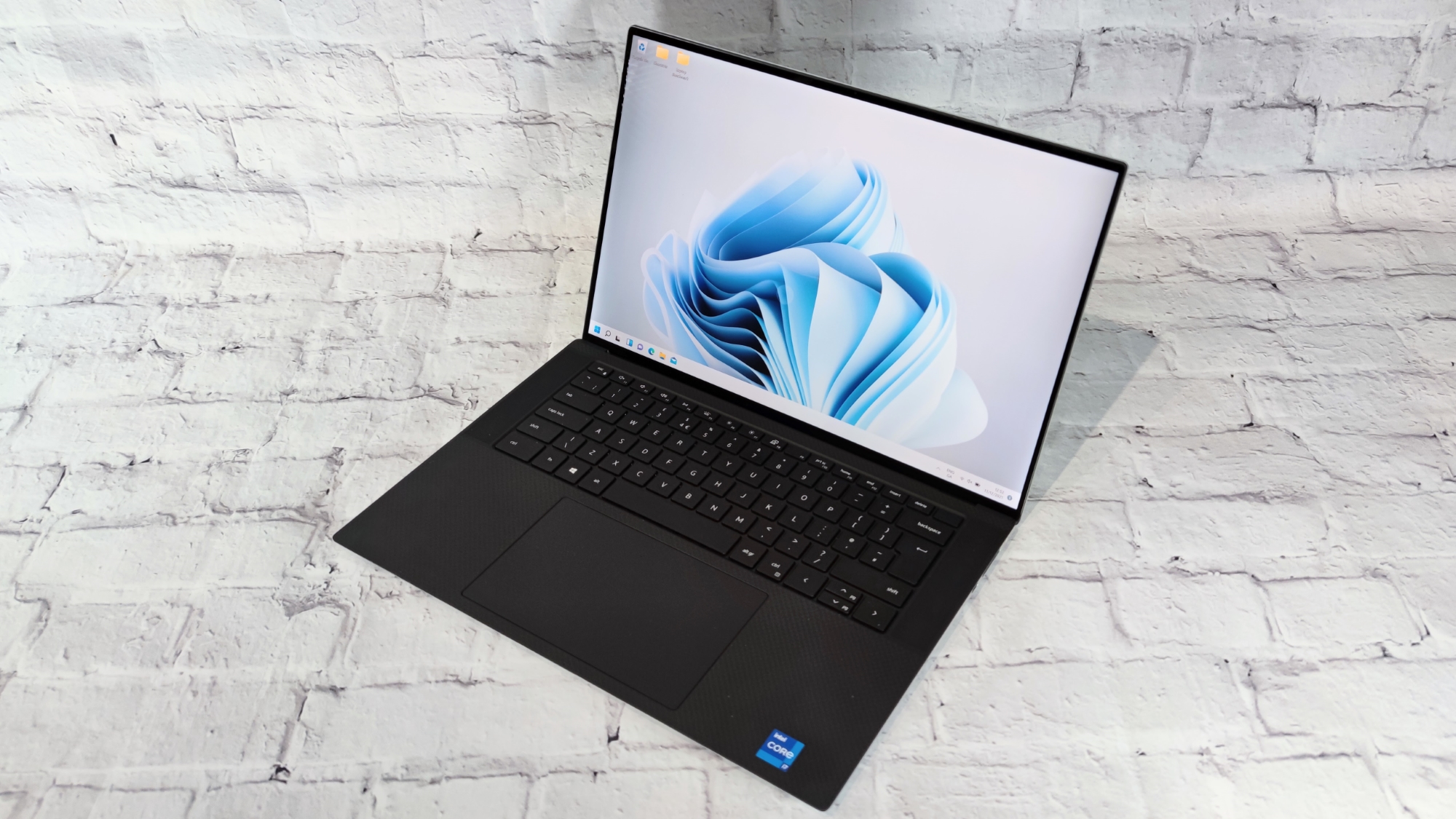
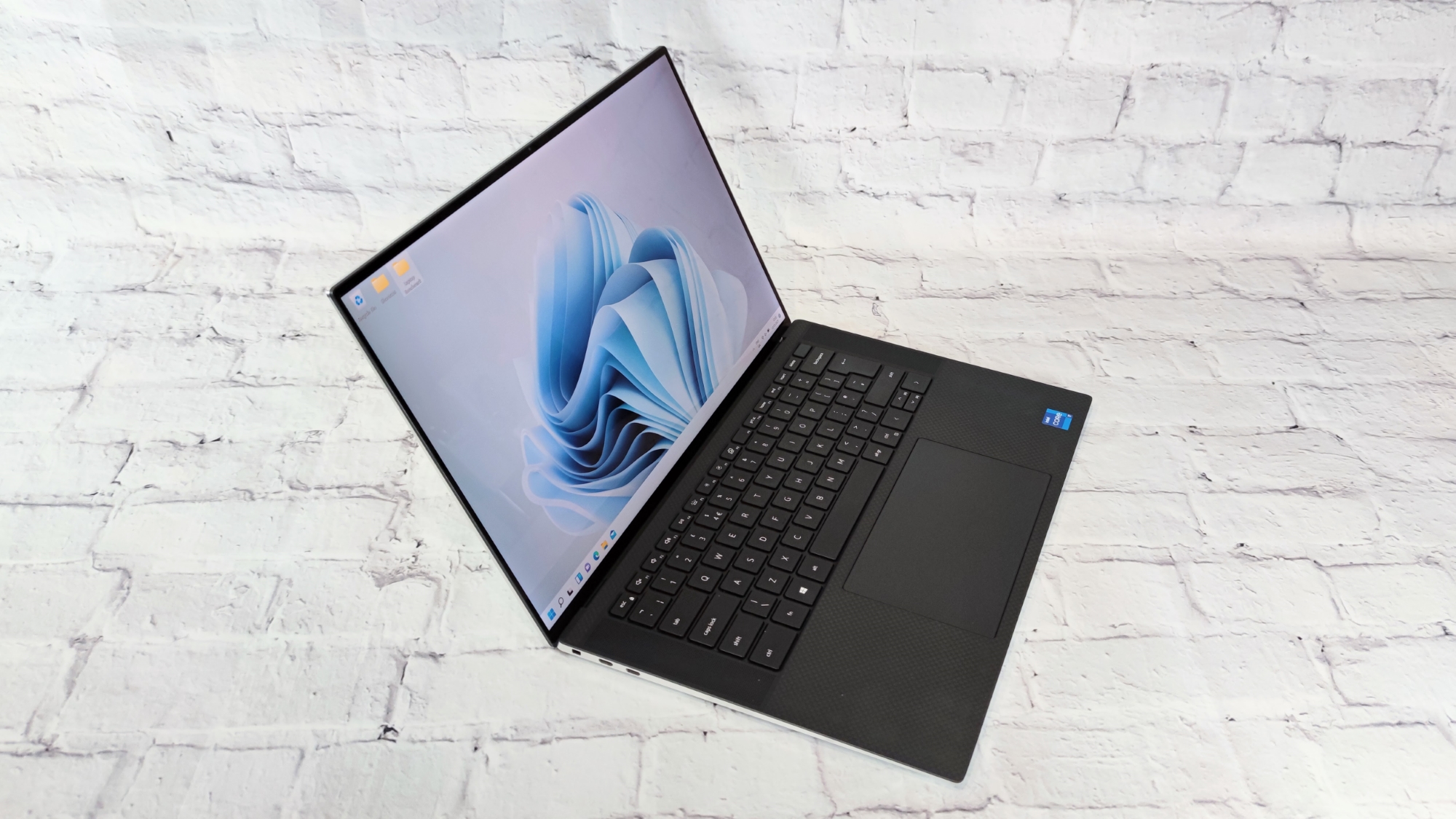

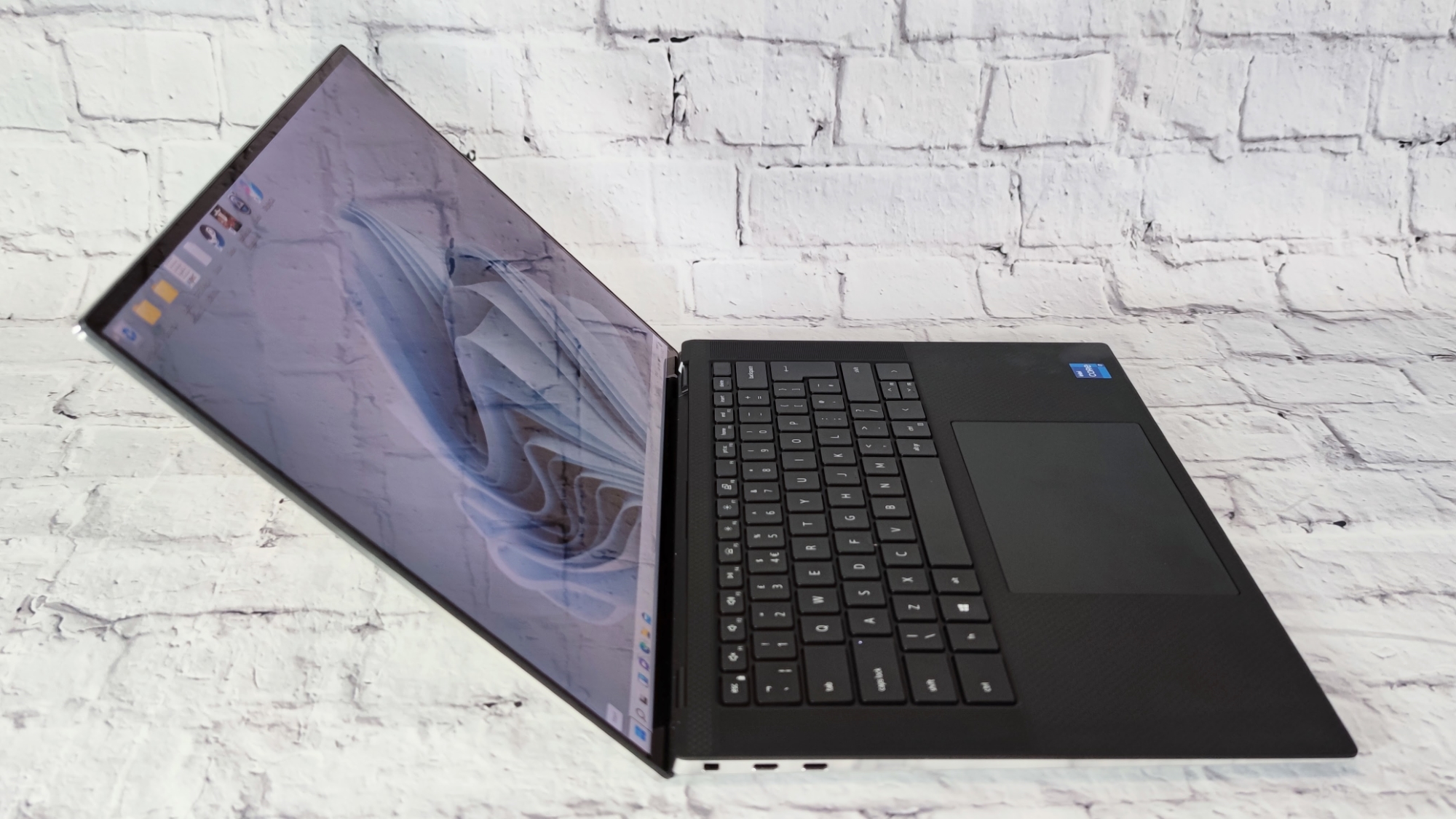
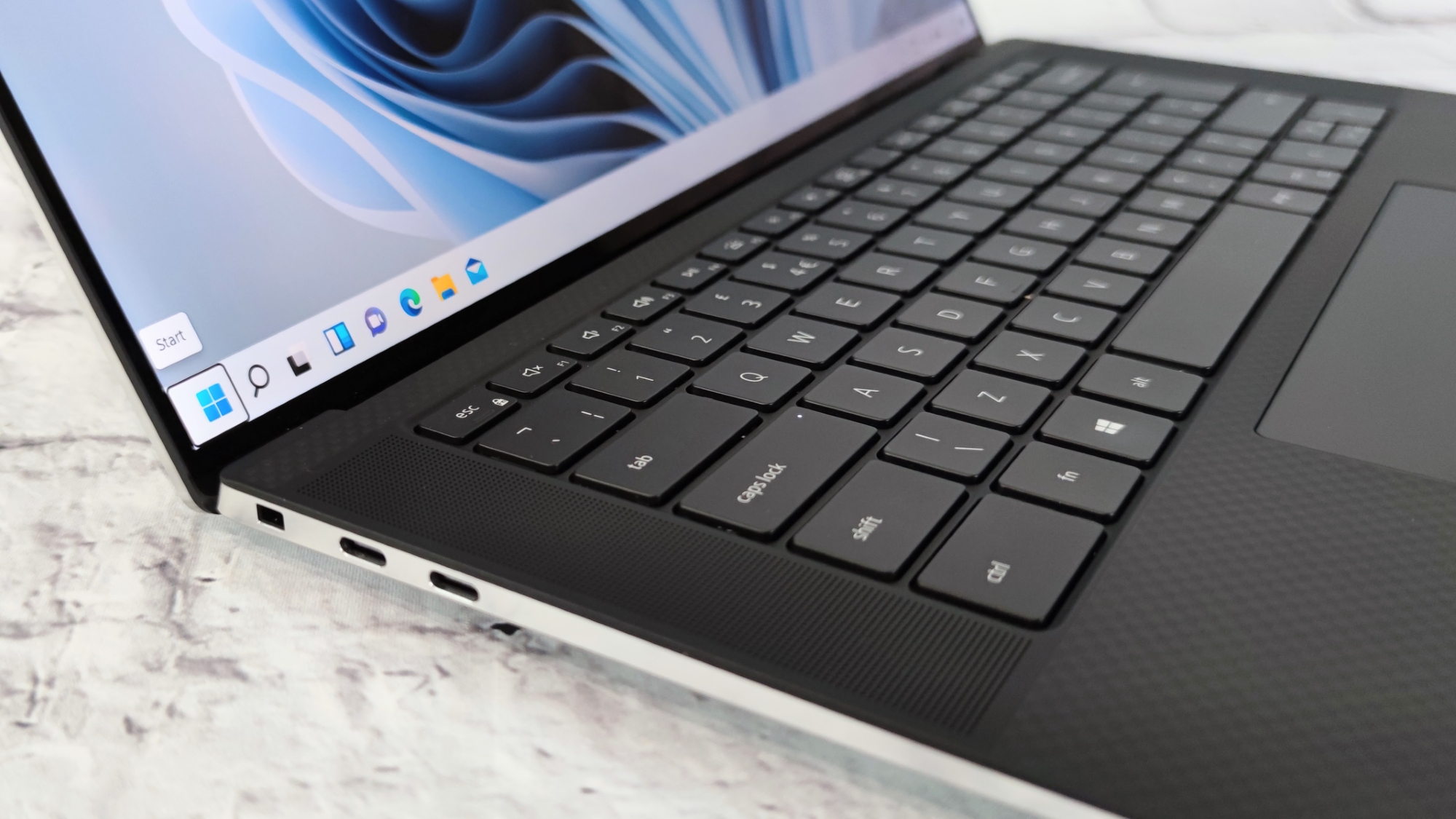
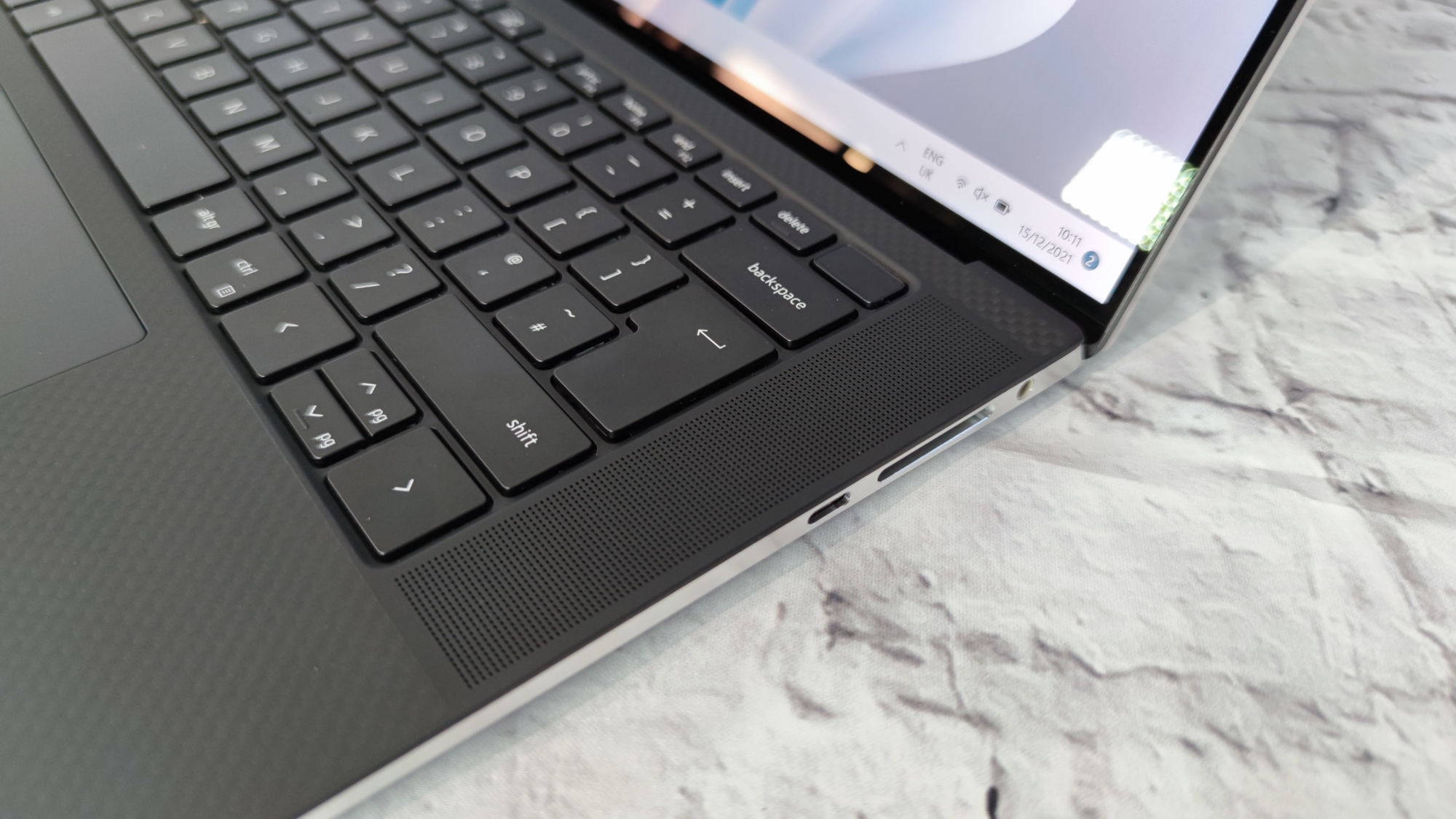
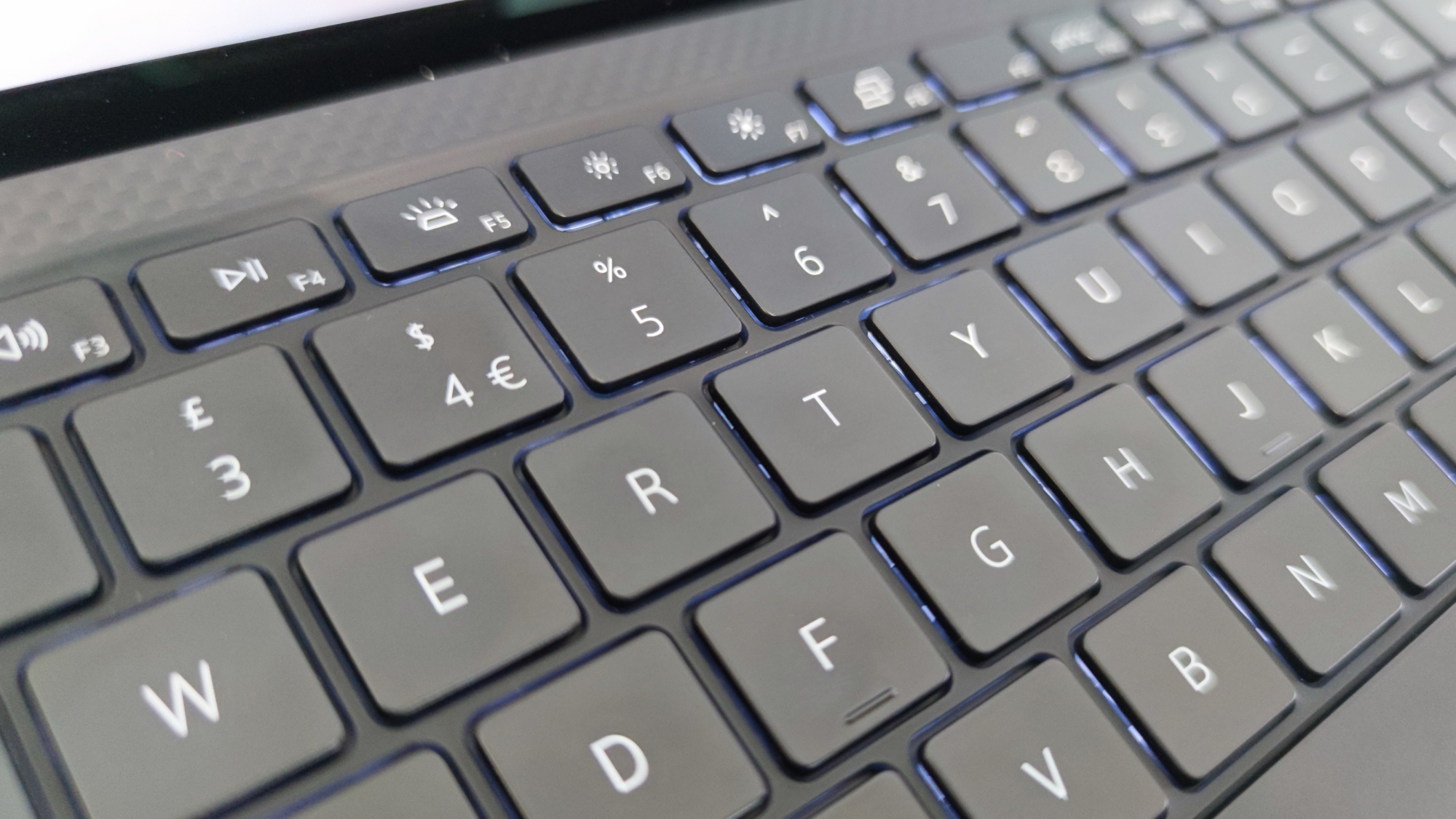
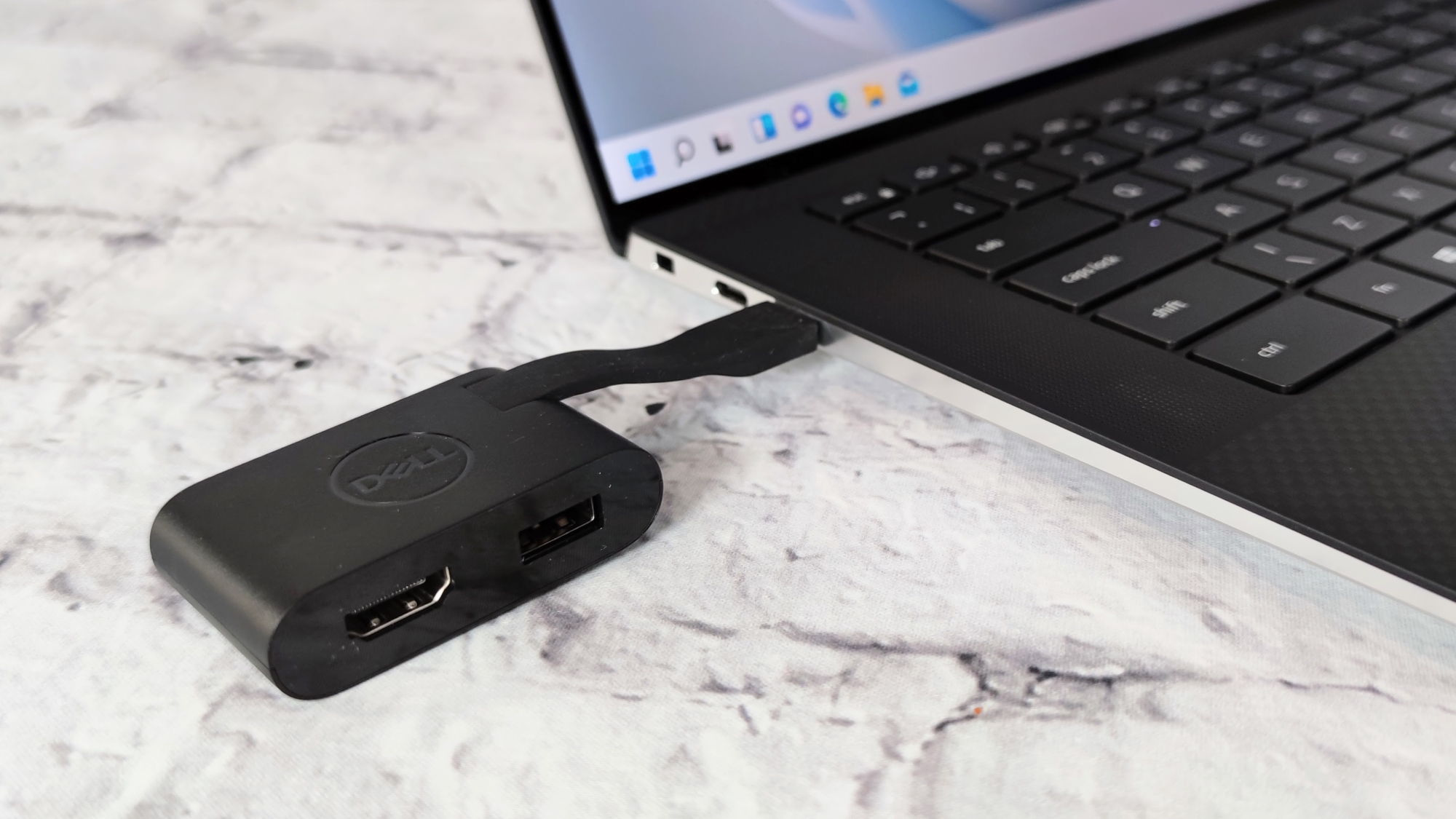
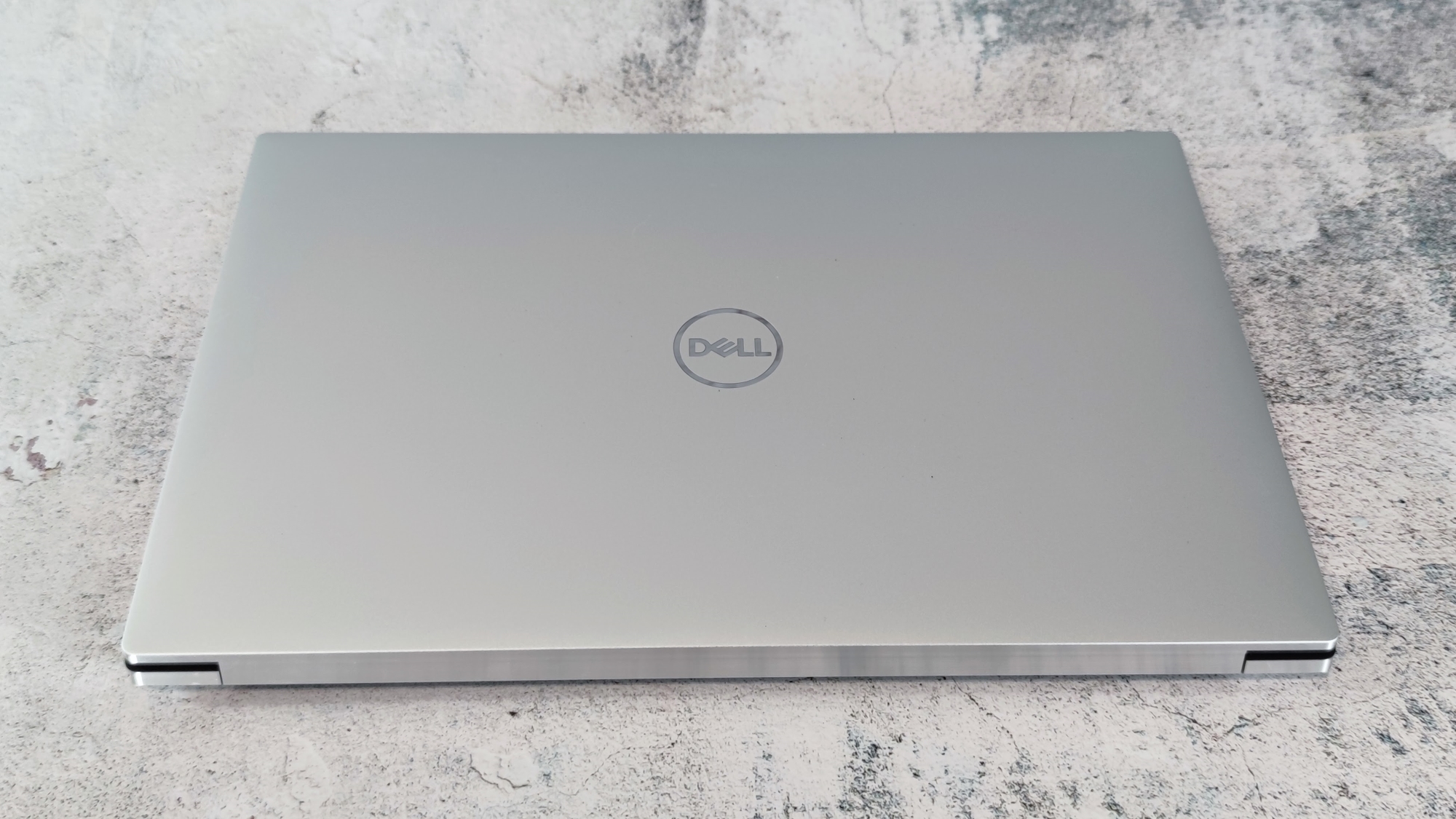
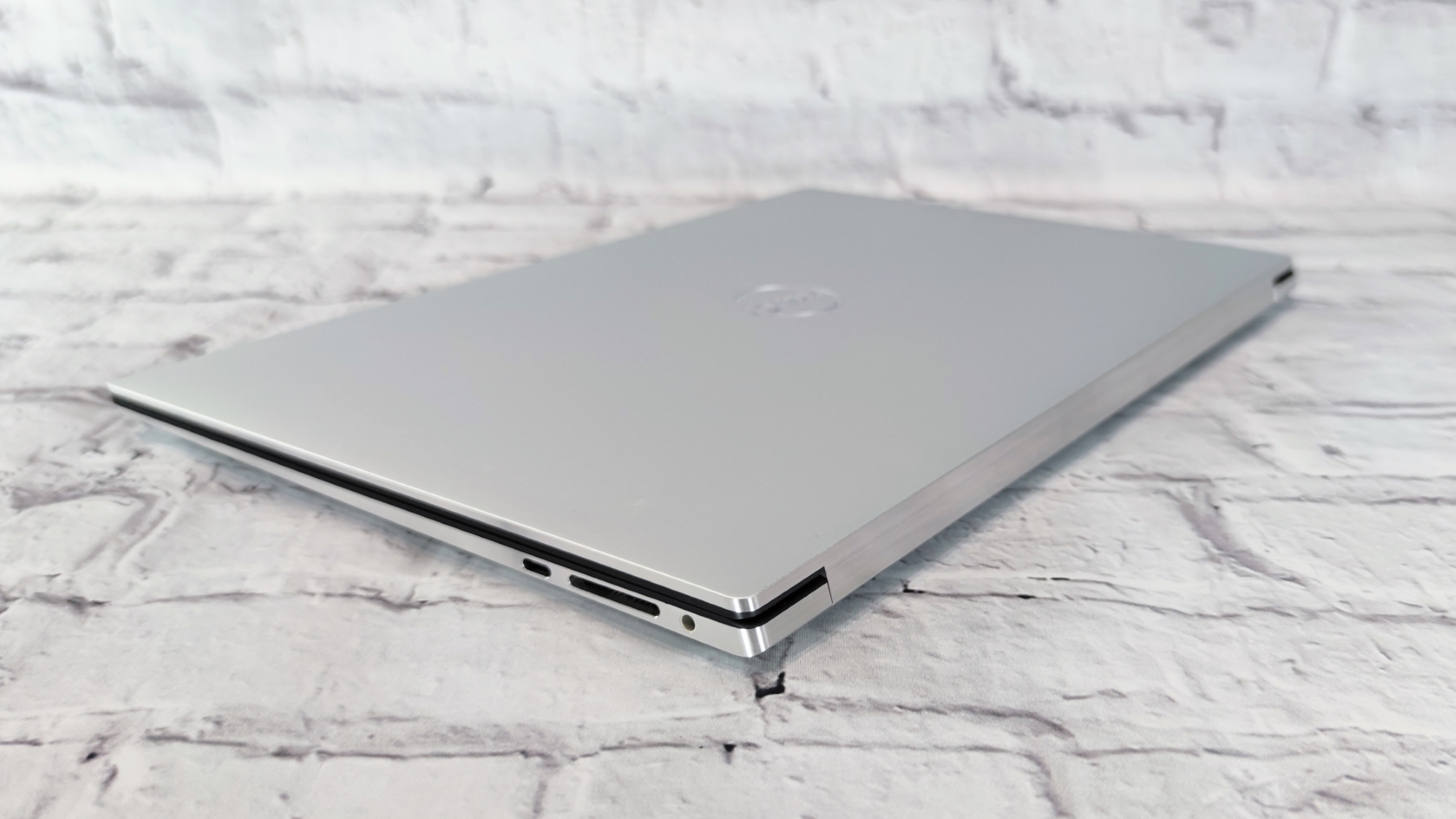
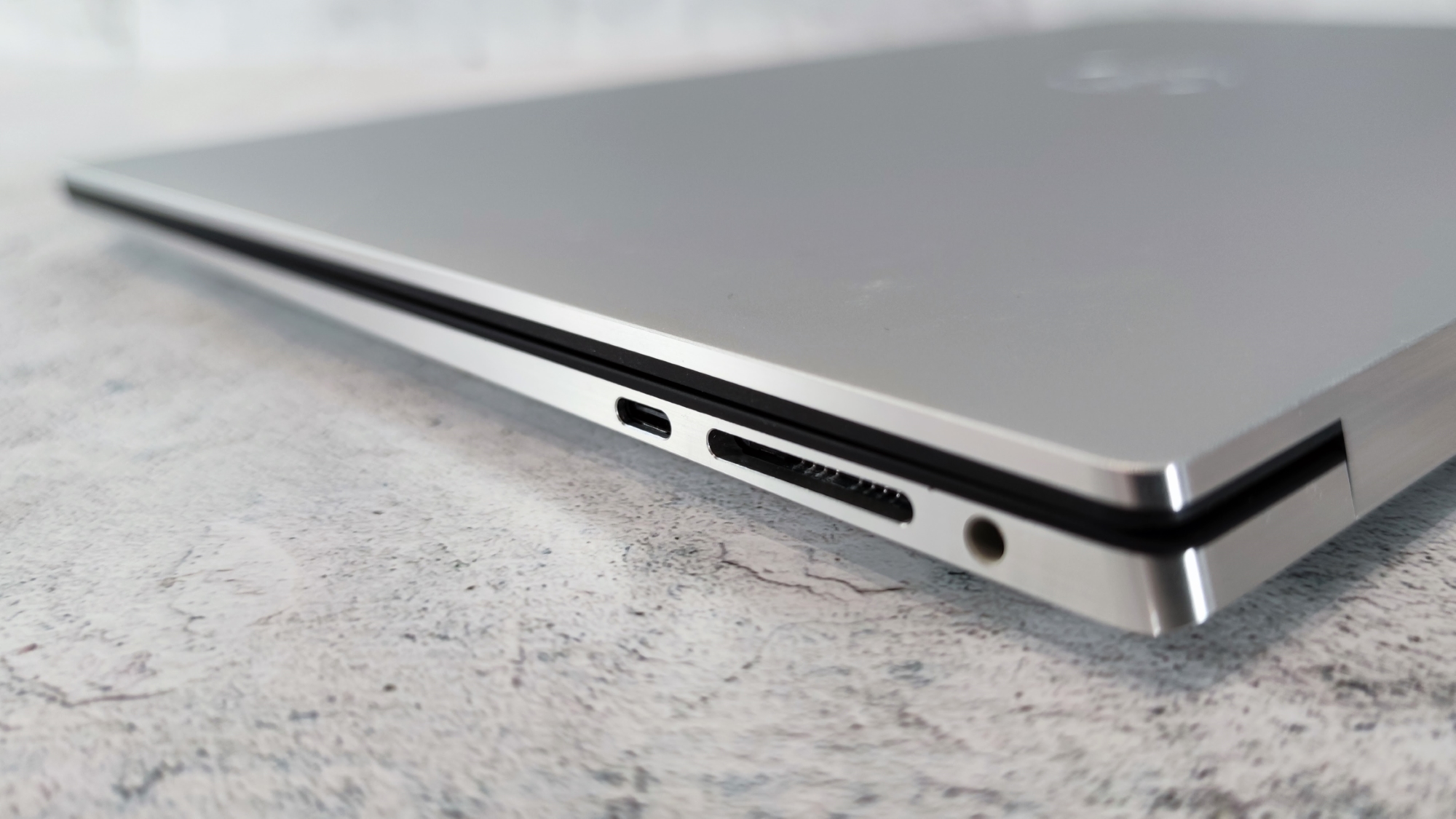


This review was first published on 14/01/2022, and has since been updated
There are very few laptops that can boost the critical acclaim of the Dell XPS 15, which is loved by both technology journalists and consumers alike. There may be Lenovo devices with slightly better keyboards, or a Samsung notebook with a more glorious display, such as the Galaxy Book Pro. But the XPS 15 as a whole is a superior machine that's tough to beat.
The latest refresh of Dell's hardware has brought more quality to the table, with an option OLED display and a range of 11th-gen Intel Core processors. Not to mention an Nvidia GeForce RTX graphics card. The unit that features in this review came with a mid-range specification - Core i7 processor, 32GB RAM and the RTX 350Ti GPU - which will cost just over £2,000, before tax.
Dell XPS 15 review: Design
Dell has resisted the urge to mess with the excellent design that has graced the XPS range for more than half a decade. The XPS 15 is still class-leadingly sleek with very narrow screen bezels and a tidy array of ports and cooling vents. At 2kg it’s considerably heavier than the incredibly light (but admittedly rather flimsy) Samsung Galaxy Book Pro, which is a consideration if you plan on carrying your laptop around for extended periods. The slightly soft-touch carbon fibre keyboard deck is an unusual but great piece of design that feels as good as it looks.
The 16:10 InfinityEdge display occupies an impressive 93% of the body and while the screen doesn’t tilt as far back as some other laptops, hitting its stop at around 145 degrees, that won't be a problem when you're sitting at your desk. Despite the super-thin bezels, the XPS 15’s aluminium lid is impressively rigid, and the same is true for the rest of the laptop’s construction; in short, it’s a very solid-feeling device.
Dell XPS 15 review: Display
Thin screen bezels are a signature of the XPS line, and the 4mm side and 6mm top bezels continue to impress. The XPS 15’s new 3,456 x 2,160 OLED display also looks quite superb but unfortunately, the review unit we were sent was the 3,840 x 2,400 4K IPS model. We’re not going to bleat about that too much, however, because as IPS panels go it's very, very good; the combination of a maximum brightness of 495cd/m2, a contrast ratio of 1800:1, comprehensive coverage of the sRGB, Adobe RGB and DCI-P3 colour spaces (100%, 99.9% and 91.3% respectively) and a MacBook Pro-beating pixel density of 290dpi makes this glossy screen one of the best currently on the market.

The only real issue is the colour accuracy. We measured a Delta E rating of 5.5, which is rather poor, and too far off the mark for professional work. Recalibrating the panel using Dell’s pre-loaded PremierColor software should be easy enough if you have a colourimeter to hand, but beware it only supports the Portrait Displays C6 and X-Rite iDisplay Pro models.
Sign up today and you will receive a free copy of our Future Focus 2025 report - the leading guidance on AI, cybersecurity and other IT challenges as per 700+ senior executives
Our only other slight gripe is the maximum 60Hz refresh rate. For this sort of money, a 90Hz panel would have been a compelling addition; Huawei has given its new MateBook 14s just such a display, and that laptop is considerably cheaper. Incidentally, both the OLED and 4K IPS panels have Gorilla Glass 6 screens and support touch, although the more budget-friendly 1080p model does not.
Dell XPS 15 review: Keyboard and trackpad
The XPS 15’s keyboard isn’t the best we’ve ever used - the Lenovo ThinkPad range remains the gold standard for this - but Dell’s effort certainly isn’t bad, with solid and precise action and nicely judged key travel. It’s a classically conventional layout, too, with no strange idiosyncrasies to trip you up along the way.
At 150 x 90mm, the trackpad is also one of the biggest you’ll find on a Windows laptop and works all the better for it. The smooth surface is satisfyingly tactile, while the click action is perfectly calibrated in both feel and sound.
Dell XPS 15 review: Specs and hardware
The XPS 15 houses a 1.9GHz octa-core Intel Core i7-11800H chip that's backed up with 32GB RAM and an Nvidia RTX 3050Ti GPU. The combination works very well with the machine capable of running through the toughest of tasks with ease. What's more, the stress of a heavy workload is hardly noticeable as the machine runs both cool and impressively quiet.

Under IT Pro's in-house performance benchmarks, the XPS 15 hit 272 for overall computing. It's a very good score, one you would expect from a high-end laptop/workstation. For comparison, the XPS 17 hit 281 in the same test. The XPS 15 also performed well in GeekBench 5 with a single-core score of 1,551 and multi-core scores of 8,707. The latter was more impressive than the powerful M1-based Apple Macbook Air from 2020.
In addition to the in-house and GeekBench tests, IT Pro also ran the SPECviewperf20 workstation benchmark. For the 3dsmax07 rendering test, the XPS 15 notched up 54.3fps at 1920 x 1080. There are laptops fitted with Nvidia's RTX 3080 GPU that can, unfortunately, do significantly better. This highlights the gulf in performance with the RTX 3050Ti and Nvidia's superior GPUs.
Our review model came with a 1TB Western Digital SN730 NVMe SSD which proved to be reasonably fast, recording read and write speeds of 2.85GB/sec and 1.47GB/sec respectively. Curiously, although the XPS 15 supports the latest PCIe 4.0 standard, Dell ships it with a PCIe 3.0 drive. If you find 1TB of storage or 32GB of RAM too restrictive, you’re in luck: all you have to do is remove 8 Torx screws and you can easily access the two SSD bays and both SODIMM memory slots, making the upgrade to 64GB and 2TB extremely straightforward.
Dell XPS 15 review: Battery life
Notebooks are not genuinely known for having brilliant batteries (quite the opposite, in fact) and under our looped video test, the Dell XPS 15 lasted a woeful 7hrs and 16mins. The issue could well be the amount of power it produces - sapping battery life in exchange for high performance.
The test results are also quite reasonable for a laptop with a 4K display and an 86Wh battery. Compare it to the new 16in Apple MacBook Pro, however, and it doesn't come off that well - the Macbook Pro lasted more than 16 hours from a full charge.
Naturally, the way you use your laptop - the tasks you regularly do - will determine what kind of battery life you can expect. If you're gaming, for example, the XPS will die in about four hours. You will, however, be able to get through a working day, if your job isn't too CPU intensive. Dell also bundles in a 130W charger, which is small and light and recharges the battery up to 45% in an hour.

Dell XPS 15 review: Ports and features
As is becoming sadly common, the XPS 15 dispenses with Type-A USB ports altogether, in favour of three Type-C connectors. One of those is a 10Gbps USB 3.2 Gen 2 while the other two are Thunderbolt 4 spec, and all three support DisplayPort 1.4 video output and PowerDelivery charging. Usefully, Dell includes a simple Type-C to Type-A 3.0/HDMI 2.0 adapter in the box, but we’d still have preferred the additional flexibility of at least one Type-A port.
Beyond that, all you get are a 3.5mm audio jack and an SD card reader. The Intel Killer AX1650 Wi-Fi 6 module proved capable of some impressive transfer rates though, averaging 1365 Mbit/sec outbound and 1425 Mbit/sec inbound. There’s also a Bluetooth 5.1 radio, although no option for cellular data.
The sound system consists of 2 x 2.5W woofers and 2 x 1.5W tweeters, and the output is both loud and punchy with an impressive amount of bass, while the MaxxAudioPro control panel gives plenty of scope for modifying the XPS 15’s soundstage to match specific sources.
The XPS 15 offers the full fist of biometric security with the 720p webcam supporting Windows Hello IR facial recognition and a fingerprint scanner built into the power button. The webcam itself is dismal, however, with images looking very grainy and dim even in decent light. Why Dell hasn’t used the massively superior 5MP webcam from the Latitude tablet range is anyone’s guess.
Dell XPS 15 review: Verdict
The new XPS 15 is one of the most complete laptop packages on the market today. Thanks to the latest silicon from Intel and Nvidia, it’s massively powerful and competent for a machine which is still reasonably slim and light, and the 4K display is genuinely impressive (if a touch power-hungry).
Add to that the handsome looks, excellent sound system, high-quality keyboard and accessible chassis, and you have a machine capable of doing just about anything you could ask of it - and getting it done sharpish, to boot. Whether you go for the OLED or 4K IPS model, you’ll still end up with a quite superb machine.
Dell XPS 15 specifications
| Processor | Intel Core i7-1180H |
| RAM | 32GB |
| Graphics adapter | Nvidia GeForce RTX 3050Ti |
| Storage | 1TB SSD |
| Screen size (in) | 15.6 |
| Screen resolution | 3840 x 2400 |
| Screen type | IPS |
| Touchscreen | Yes |
| Memory card slot | Yes, SD card |
| 3.5mm audio jack | Yes |
| Graphics outputs | Type-C DisplayPort x 1, Thunderbolt 4 x 2 |
| Other ports | Type-C 3.2 Gen 2 x 1, Thunderbolt 4 x 2 |
| Webcam | 720p |
| Speakers | 2 x 2.5W woofers, 2 x 1.5W tweeters |
| Wi-Fi | Wi-Fi 6 |
| Bluetooth | Bluetooth 5.1 |
| Operating system | Windows 11 Home |
| Dimensions mm (WDH) | 354 x 230 x 18 |
| Weight (kg) | 2Kg |
| Battery size (Wh) | 86Wh |
Over the years, Alun has written freelance for several online publications on subjects ranging from mobile phones to digital audio equipment and PCs and from electric cars to industrial heritage. Before becoming a technology writer, he worked at Sony Music for 15 years. Quite what either occupation has to do with the degree in Early Medieval History he read at the University of Leeds is a bit of a grey area. A native of Scotland but an adopted Mancunian, Alun divides his time between writing, listening to live music, dreaming of the glens and dealing with an unhinged Norwegian Elkhound. For ITPro, Alun reviews laptops and PCs from brands such as Acer, Asus, Lenovo, Dell and HP.
-
 Trump's AI executive order could leave US in a 'regulatory vacuum'
Trump's AI executive order could leave US in a 'regulatory vacuum'News Citing a "patchwork of 50 different regulatory regimes" and "ideological bias", President Trump wants rules to be set at a federal level
By Emma Woollacott Published
-
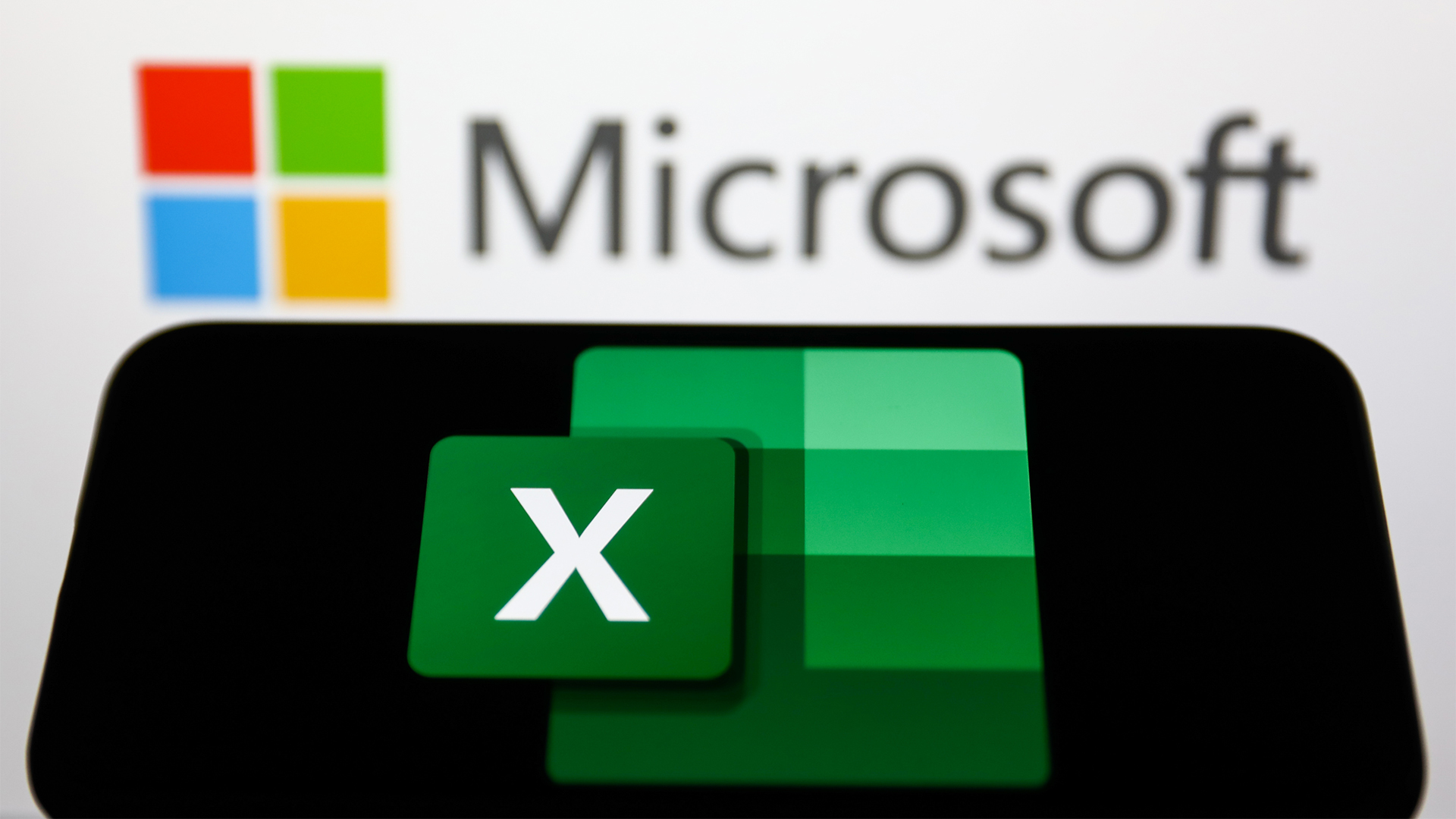 Microsoft Excel is still alive and kicking at 40 – and it's surging in popularity as 82% of finance professionals report ‘emotional attachment’ to the spreadsheet software
Microsoft Excel is still alive and kicking at 40 – and it's surging in popularity as 82% of finance professionals report ‘emotional attachment’ to the spreadsheet softwareNews A recent survey found Gen Z and Millennial finance professionals have a strong “emotional attachment” to Microsoft Excel
By Emma Woollacott Published
-
 LastPass hit with ICO fine after 2022 data breach exposed 1.6 million users – here’s how the incident unfolded
LastPass hit with ICO fine after 2022 data breach exposed 1.6 million users – here’s how the incident unfoldedNews The impact of the LastPass breach was felt by customers as late as December 2024
By Emma Woollacott Published
